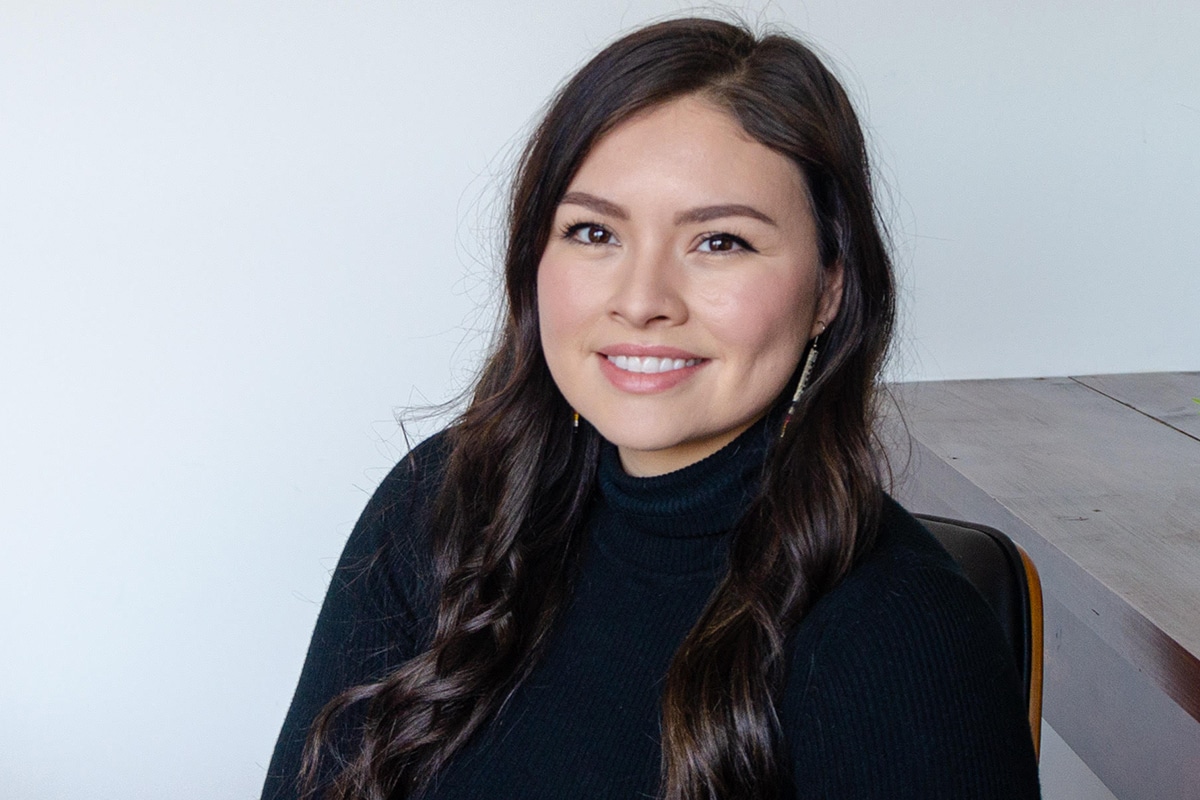
Jordyn Burnouf
Senior Associate, Medicine Rope Strategies
Saskatoon, Saskatchewan
Eyeing efficiency with an Indigenous lens
To Jordyn Burnouf, Canada’s energy efficiency sector could benefit a great deal from applying an Indigenous lens to its work.
“You see conservation in one of the very first interactions you might have with somebody,” Burnouf says. “For example, when you go and talk to an elder, you offer tobacco. You’re receiving something— advice—and you are giving something in return. But you’re not taking more than you need. It is a respect, and an understanding. And that’s how we have to look at efficiency.”
Burnouf is a member of Northern Saskatchewan’s Black Lake First Nation, but grew up in a Métis community. As Senior Advsor with Medicine Rope Strategies, she works with local governments and nonprofits to create more opportunities for Indigenous people. Whether it’s advancing a planned housing retrofit program in her Saskatchewan home community, or helping build capacity for Indigenous youth to pursue clean energy careers, she is always on the go.
Her journey began after she attended SEVENGEN, an Indigenous Student Energy Summit that brought 200 Indigenous and non-Indigenous Canadians aged 18 to 30 to Calgary, Alberta in 2019. “We explored how to unite communities, build relationships and break social barriers in the energy industry,” she says.
During the summit, Burnouf met Eryn Stewart, the Managing Director at Indigenous Clean Energy, who encouraged her to apply for the 20/20 Catalysts — a capacity-building program for Indigenous individuals from communities and organizations across Canada.
She applied, got in, and became one of 20 young leaders to visit three Indigenous Canadian communities that are running clean-energy-generation programs. “We saw everything from biomass, to hydro, to solar farms, and all of them were led by Indigenous communities,” Burnouf said. “It was really incredible.”
Currently, she’s in the planning stages of a project that will upgrade the energy efficiency performance of homes in Île-à-la-Crosse, her rural Saskatchewan community of about 1,300 people. First comes community education and engagement, and next the capacity building and implementation: “All of the local contractors that already exist in our community, we’re going to train them first to do the audits, and then they’ll go in and do the retrofit work.”
She now serves on 20/20 Catalysts advisory council, and is co-chairing the next iteration of SEVENGEN; depending on a successful vaccination roll-out, it will be welcoming its next cohort in early 2022.
“I’ve always had some pretty incredible mentors, and I think that’s where my whole ‘pay it forward’ attitude comes from,” she says. “I’m standing on the shoulders of giants.”


